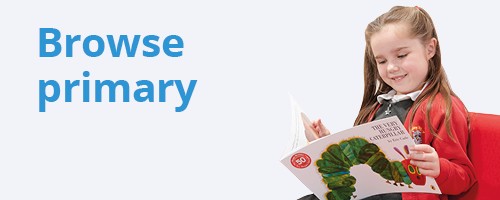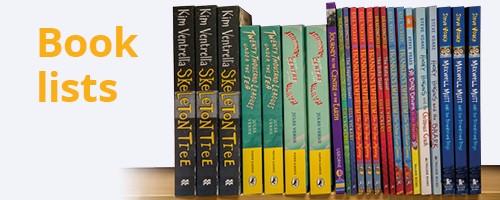For help, advice and telephone ordering call our team on 0121 666 6646
Are you sure you wish to delete this basket?()
This action cannot be undone.
Sorry, something went wrong
Please report the problem here.
Teacher advice: discussing poverty and homelessness with primary school children

March 21st 2023
With rising rent, food and fuel costs, families across the UK are becoming increasingly susceptible to poverty and homelessness. Teachers are reporting higher numbers of hungry children, with some schools having to feed,dress or provide basic hygiene support to the most disadvantaged children in their care.
Although measures - such as free school meals for London primary school children in 2023/24 - are being introduced, many children are experiencing the effects of poverty, which include poor health; slower social, emotional and cognitive development; and poorer behaviour and educational outcomes. While the idea of poverty may have traditionally been taught through the lens of third-world countries or historical time periods, its relevancy to modern-day Britain means it is important for children to have an understanding of their own circumstances or empathy for those of their peers.
Our Schools Team Manager, Anna Rushall, has firsthand experience of supporting primary school children living in poverty, and has shared some recommended reads and practical tips you can use with your class below.
Give children a vehicle through which their voices can be heard
The key to approaching poverty and homelessness with children is to keep the core community of the class as the central driving force. The aim is to discuss any sensitive issues in a neutral way. Children should feel free, but not pressured, to contribute.
Through using fictional characters, you have an opportunity to make the ‘silences’ children may have witnessed or experienced speak. They are given a vehicle through which they can express any concerns about things they have seen or felt about their own circumstances through the safety of shared characters and circumstances. Role-play work can help children here too, depending on age and preference.
Never 'other' disadvantaged children
What is critical is avoiding any sense of ‘othering’. For instance if your school policy is to feed targeted children in your class, make it a part of a shared class experience so they are not isolated. Similarly with clothes, if your school policy allows you to provide for an individual, manage this discreetly and simply leave the item labelled on their peg or have a designated class box available.
At one school I taught at, we set up a food and clothes bank during the pandemic. It’s important that these are easily accessible and that anyone can use them. On different weeks, different families may need help – you will only ever know a fraction of what might be happening in their life.
Cultivate meaningful discussions through activities
You can introduce thought-provoking activities that return to issues like poverty in a worldwide or neutral way. One way of doing this is sharing a photograph – for example featured by the BBC or The Guardian – that gives a snapshot of someone's day in another part of the world. You can then invite pupils to express their thoughts. Children don’t always have to understand the full issue to have an opinion.
A quote or question of the week that children can respond to and share with their family at home can broaden questions. It can be useful and reassuring for children who are in tricky situations to realise that there are others out there in difficult (or even worse) situations, and also that things can get better.
 Sharing real-life photographs from around the world is a great chance for children to see how other people live and reflect on their own experiences
Sharing real-life photographs from around the world is a great chance for children to see how other people live and reflect on their own experiences
Foster trust and honesty
If supported by your senior leadership team, being honest with your own feelings and experiences is important. You could give examples of other adults – like celebrities or historical figures – to help your class to build trust and resilience. Show them that yes, sometimes you will experience difficult things, but there are examples of people who are not defined by their background. Being available on the playground after you have shared stories or discussions is key, as it allows children to speak to you 1:1 without it appearing out of the ordinary. Thought boxes in the classroom can help with this too.
Help build children's empathy
Continually finding opportunities to establish the concept of walking in someone else’s shoes will build empathy when it comes to big conversations about topics like poverty and homelessness. Trying to build in an element of hope is important, but being honest with children is essential. Don’t gloss over their concerns or use metaphorical analogies for the events that trouble them. Be led by the children’s questions and respond directly to these.
Recommended classroom reads
How to Heal a Broken Wing by Bob Graham: This is great for introducing younger children to the ideas of empathy and noticing what is happening around you. With KS2 children you can take this further and talk about what the bird might be a symbol for, or who is sometimes ignored in society, and how we can help.
The Day War Came by Nicola Davies and Migrants by Issa Watanabe: These are good for broaching more issues about migrants and homelessness with different ages.
The Invisible by Tom Percival and Has Anyone Seen Archie Ebbs? by Simon Packham: As current examples of tackling poverty and homelessness, these books express the sense that it could happen to anyone of us.
More books about poverty, money and homelessness
Our children's librarian, Debbie, has put together a handy list of books that you can share with your class. She says: "I’ve tried to find a variety of titles that show the range of reasons why individuals or families might find themselves experiencing hardship in some form: economic immigration, fleeing war or persecution, debt, family problems, homelessness.
"They also show the human side of these situations, looking beyond the family living in a hostel, or the person who is homeless on the streets, and into the circumstances that led them to where they are. It's so important to avoid ‘othering’ and to illustrate that these are ordinary people affected by extraordinary circumstances, and these things can happen to anybody. Hopefully, the books will help encourage and foster empathy and kindness, as well as respect and consideration of people regardless of their circumstance."
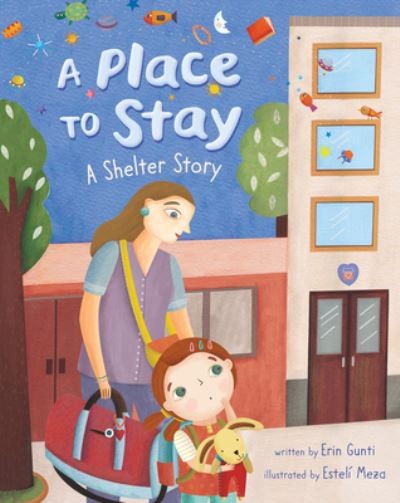 |
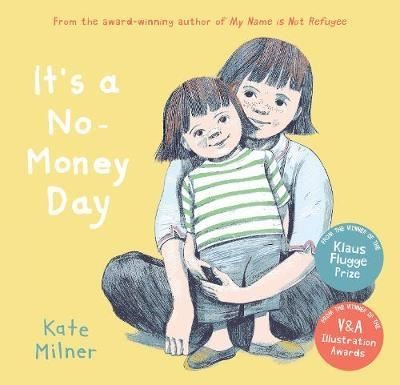 |
 |
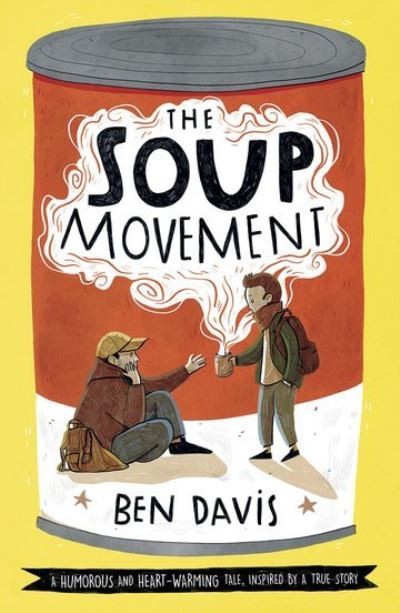 |
 |
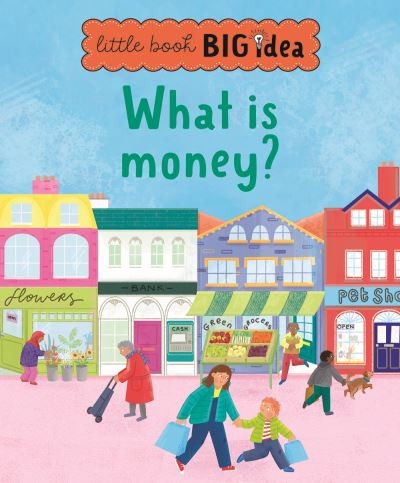 |

